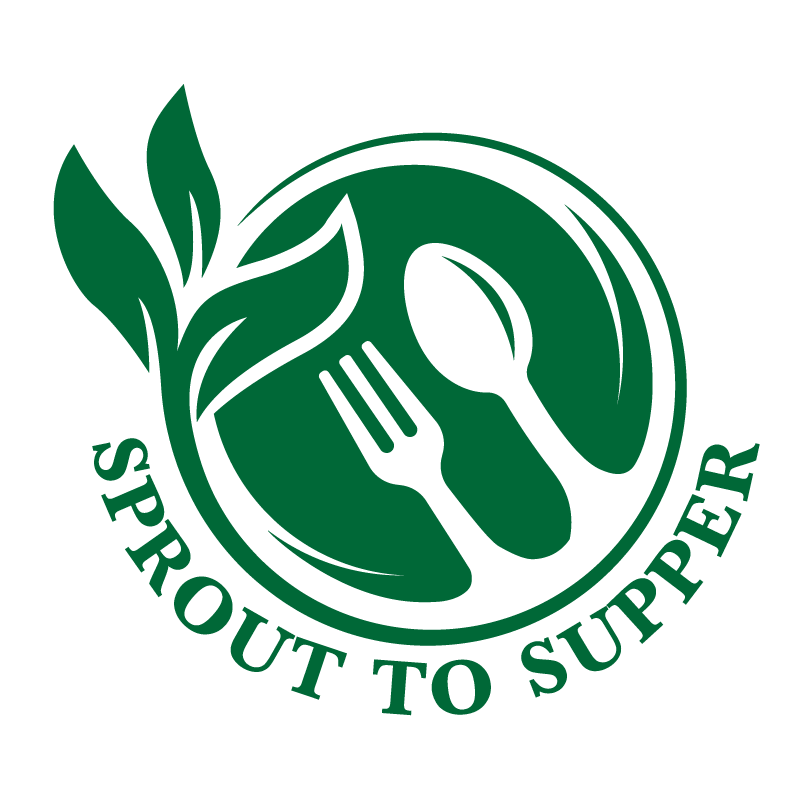Looking for the fastest way to stock your pantry with shelf-stable vegetables?
Let me share a time-saving technique that’s perfect for both beginners and experienced food preservers:
Dehydrating frozen vegetables.
Why Frozen Vegetables?
The genius of this method lies in the prep work that’s already done for you. Frozen vegetables are:
- Pre-blanched, which helps maintain their color and improves rehydration
- Already chopped and ready to use
- Often available at great sale prices
- Perfect for beginners starting their dehydrating journey
The Process
The steps are surprisingly simple:
- Choose your vegetables. Mixed vegetables work great for things like chicken pot pie, soups, stews, and casseroles. You can also use single vegetables like carrots, green beans, peas, or corn.
- Spread the frozen vegetables on dehydrator trays. One pound of frozen vegetables typically fills one square dehydrator tray. Ensure good airflow by:
- Avoiding overcrowding
- Keeping to a single layer
- Allowing some space between pieces (though they can touch)
- Set your dehydrator temperature:
- Optimal temperature: 125°F
- Maximum recommended: 130°F
- Lower temperatures help preserve more nutrients.
- Dehydrate until completely dry (about 7-11 hours, depending on humidity). Test for doneness:
- Green beans should snap with a high-pitched sound and show no internal moisture.
- Peas should be hard enough to crush into powder.
- Corn and carrots should be hard with little to no flexibility.



